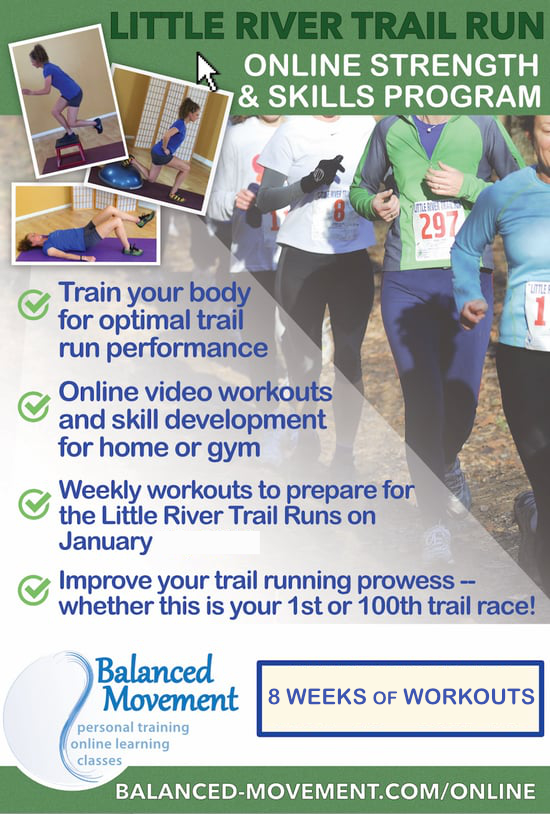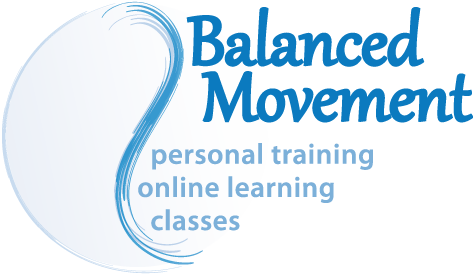Basic Biomechanics of Running and Walking Gait
Brian Beatty, PT, CFP
3 Dimensions = 3 Planes of Motion
Everything Starts from the Center
Cue ball, Pool ball – forces act about an object as if directed through the center, find your center – the pelvis, find your hips, use hips to push center, have them find glutes
“If you want to run, you have to be able to do it on one”
Hip abduction is the key, running is about single leg stance stability. Gluteus medium and minimus are the most important Core Muscles for running. They are responsible for holding you up on one leg.
Gryoscopes – it is all about rotation. 2 opposing gyroscopes of LE/pelvs and UE chest/ribs create a long stable rotational axis of the spine.
Stability and Rigidity are different things – read the dictionary definitions of each. Too often exercise, particularly how people approach core exercise teaches rigidity not stability. Everything must flow and move smoothly.
Key Concepts to Build Into Your Smooth Running Form
- “Move The Center of Mass Forward”
- “Do It On One”
- “Gyroscopes”
- “Do It On One with Rotation”
- ‘The Running Core: Uniting All of the Body” – Holding You on One Leg; Connecting Pelvis to Torso over a Central Spinal Axis; Controlling the Rotations of the Gyroscopes
- “Landing Softly and Lightly” – The Magic of the Empty Step; Finding Where to Land your Foot Under You
- “Role and Roll of the Foot” – The Foot and Ankle Form a Stable Base; The Hip Directs the Weight Over the Foot.
We have a lot more information, explorations and exercises to help anyone build these concepts into a smooth efficient running form. If you would like to know more, just contact us.
|
Need more information for your unique situation? |
Balanced Movement Online Programs
NEW!! Full and Half Marathon Strength & Skills Program 14-20 weeks of focused strength and stability routines to prepare you for your fastest, strongest marathon or half marathon yet -- injury-free!
 4 expertly crafted routines appropriate for all levels & in all phases of the training cycle
4 expertly crafted routines appropriate for all levels & in all phases of the training cycle |
 A perfect complement to our in-person Running Strength & Skills Class, this subscription gives you access to ALL our weekly online running workouts!
A perfect complement to our in-person Running Strength & Skills Class, this subscription gives you access to ALL our weekly online running workouts! |
 8 week program leading up to Little River Trail Run in January
8 week program leading up to Little River Trail Run in January |
 6 month Strength and Skills program to build to a 100 mile Trail Run
6 month Strength and Skills program to build to a 100 mile Trail Run |
 Balanced Movement for Endurance Sports - Weekly Workouts
Balanced Movement for Endurance Sports - Weekly Workouts |
 12 weeks of strength & skills for running on tough terrain Training for Uwharrie Mountain Run
12 weeks of strength & skills for running on tough terrain Training for Uwharrie Mountain Run |
 9 weeks of theme-focused trail running strength & skills workouts
9 weeks of theme-focused trail running strength & skills workouts |
Categories: Brian Beatty's Blog, Fleet Feet Training Groups, Running Resources




